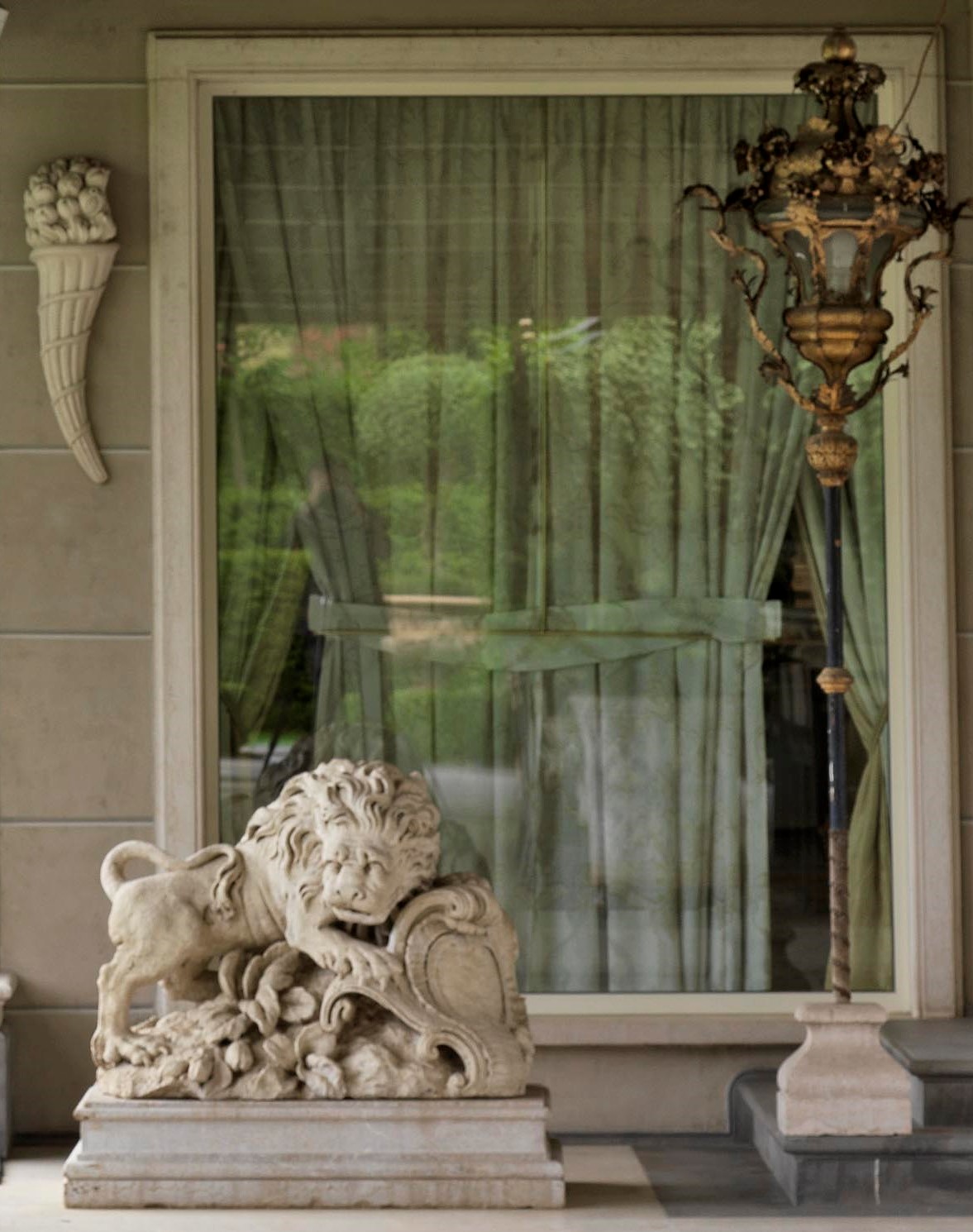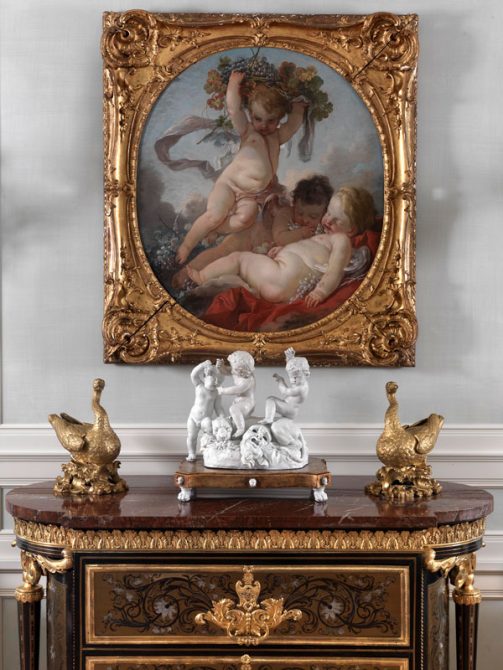


Institutional seat and cultural heart of the Foundation, the Museum offers visitors young and old guided tours to discover the extraordinary collection of paintings, sculptures, furniture, and works of applied art collected over thirty years of intense research by businessman and collector Paolo Zani. Small groups are allowed to access the Museum. Visitors will be able to enjoy an overall view of the displayed works, but also to delve into specific iconographic themes or technical details of the artifacts according to their personal interests. Theme-based itineraries, workshops, but also study seminars, shows, and performances punctuate the museum’s calendar, in a unique location that includes a didactic workshop, a garden, a bookshop, and a café.
“I became a collector to express my taste, to satisfy my curiosity, and to inhabit beauty through art.”
Paolo Zani

“Not long ago, in early spring (May 2018), I went to visit Paolo Zani in his villa in Brescia. I had never met him before, nor was I familiar with his collection. He seemed to be a reserved, quiet man, but like many art lovers, as we looked at his collection of objects, his tone changed. His eyes lit up and he slowly began to convey his calm enthusiasm for the things he had gathered for himself over the past thirty years. We talked for several hours and we ended up becoming friends.
Collectors and art historians have many things in common, yet at the same time they never agree entirely. I have always thought that these two types of human beings were like Siamese twins who are very close even though they don’t understand each other completely. Collectors are often wealthy and can buy whatever they want; art historians are hardly ever wealthy but they find comfort in the illusion of knowing everything. Sympathy between these two types is never a given. Paolo Zani, intelligent and knowledgeable, presented himself with modesty, willing to listen to ideas that were not necessarily similar to his own. We talked about lots of things and I don’t remember how we got to the subject of lacquers. He had a group of curious Venetian chandeliers, made using a technique that I had studied, lacquer and mother-of-pearl. I don’t know whether he had read one of my early articles, in any case that was not the only work he had that I had studied before meeting with him. As we slowly walked past these works (some of them are absolute masterpieces) we became friends. The following day we started to talk about lacquers and he wanted to show me a piece of furniture he loved but that was destined to another location. His original idea proved to be the right one: it was a magnificent blue and gold Roman chest of drawers, featuring chinoiseries in delicate relief (inv. 360). Our heartfelt enthusiasm will forever tie me to his memory.”
Alvar González-Palacios, from the Casa Museo catalog: Living art,
Electa, Milan 2020

“The Casa Museo preserves the taste, the aesthetic choices of the entrepreneur and collector Paolo Zani, his preferences in style, color, his everyday living needs. And so, even when modern-day museographical criteria would opt for choices that differ from the ones that accompany the visitor, the goal of this particular museum is to preserve the aura of a private residence, the aura of the Zani home. […] The construction of the villa in Cellatica dates to 1976 and is inspired by the model of the Roman domus, divided by eleven rooms arranged around a quadrangular pool in the middle, originally an impluvium, and later transformed for the purposes of the exhibition of a part of the collections. The house is characterized by a large exterior portico that connects the service areas, now set up as museum services, with a nymphaeum. The architecture is surrounded by an Italian-style garden measuring over three thousand square meters, conceived by Zani himself as the ideal continuation of the way the collection is arranged. House, garden, and objets d’art thus reflect Zani’s taste in collecting and decorating; in organizing the transition to a museum, he wanted these elements to be preserved and safeguarded. […] The visit develops along the eleven rooms in this museum-house, and also includes the museum services (reception, educational area, offices, café, bookshop, and storage). Included in the visit are the open spaces of the garden and the arcades. […] This last room leads directly to the garden, personally created by Zani as a path through sculptures, fountains, architectural elements in a dialogue with nature.”
Massimiliano Capella, from the Casa Museo catalog: Living Art,
Electa, Milan 2020
